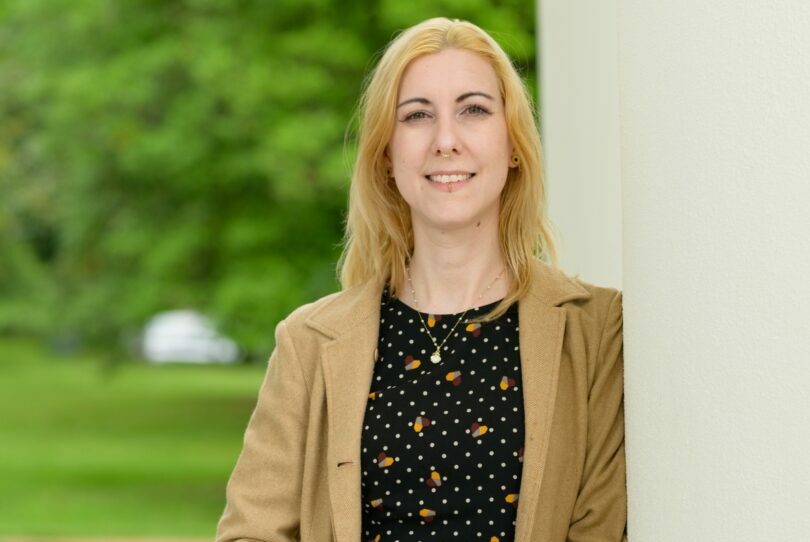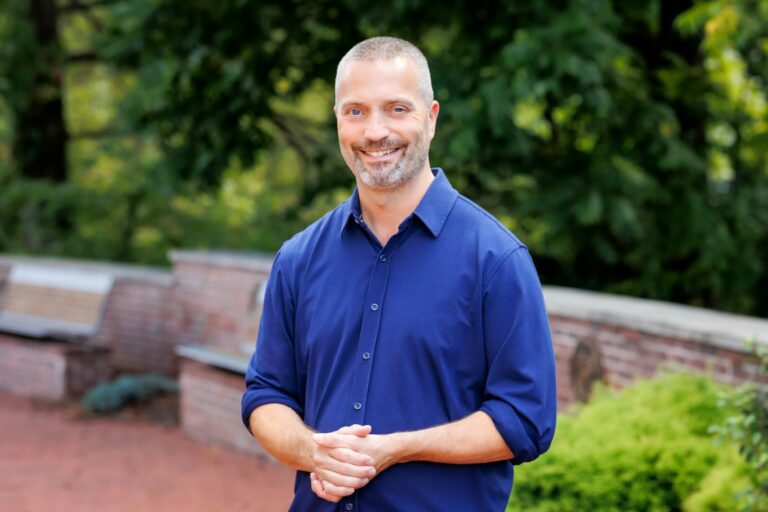We’re excited to introduce you to the always interesting and insightful Maomao Ding. We hope you’ll enjoy our conversation with Maomao below.
Maomao, so great to be with you and I think a lot of folks are going to benefit from hearing your story and lessons and wisdom. Imposter Syndrome is something that we know how words to describe, but it’s something that has held people back forever and so we’re really interested to hear about your story and how you overcame imposter syndrome.
Looking back at my journey, my experience with imposter syndrome really crystallized during my internship at Instagram. Despite having worked on various projects before, walking into Meta’s campus felt surreal – here I was, working on features that would impact millions of users globally. In meetings, I was surrounded by brilliant designers and engineers who had shaped the social media landscape. Initially, the weight of this responsibility felt overwhelming.
But then I had a moment of clarity: my life experience had uniquely prepared me for this challenge. At 13, I had left everything familiar in China to study alone in America – navigating a new language, culture, and education system. That experience taught me that feeling out of place doesn’t mean you don’t belong; it means you’re growing.
At Instagram, I approached each challenge with this mindset. When tasked with enhancing the Posts, Stories, and Reels creation flows, I drew confidence from knowing I’d faced bigger transitions before. Instead of being paralyzed by self-doubt, I channeled my “outsider” perspective into asking questions that others might have overlooked. I scheduled coffee chats with engineers to understand technical constraints, sought feedback from product managers, and most importantly, reminded myself that my different background was actually an asset.
Now, I see imposter syndrome not as a barrier, but as a familiar companion in growth – like that initial culture shock of being a young international student. It’s a signal that I’m pushing my boundaries and exploring new territories. Just as I transformed from that nervous 13-year-old on her first international flight to a confident boarding school student, I’ve learned to embrace these moments of uncertainty as opportunities for personal and professional evolution.

Appreciate the insights and wisdom. Before we dig deeper and ask you about the skills that matter and more, maybe you can tell our readers about yourself?
I’m currently a UX/UI designer at a design agency in New York, focusing on healthcare B2B products. My journey began in Communications Design at Syracuse University, where I developed a strong foundation in visual storytelling. During this time, my exhibition and branding work caught international recognition, earning Gold and Silver at the London Design Awards – experiences that taught me the impact of thoughtful design on user experiences.
My passion for understanding user behavior and creating meaningful interactions led me to pursue a Master’s in Human-Centered Design and Engineering at the University of Washington. This program deepened my expertise in user research, interaction design, and the theoretical foundations of HCI, perfectly complementing my visual design background.
Now, I’m deeply invested in designing products that transform complex processes into intuitive experiences, particularly in the healthcare space. Looking ahead, I’m fascinated by the intersection of AI and human-centered design. I believe we’re at a crucial moment where designers can shape how people interact with AI in meaningful, trustworthy ways.
What excites me most about my work is bridging different worlds – whether it’s translating complex information into clear interfaces or making AI interactions feel more natural. My bi-cultural background, combined with my training in both visual design and human-centered engineering, gives me a unique perspective on creating thoughtful, inclusive digital experiences that resonate across different needs and contexts.

If you had to pick three qualities that are most important to develop, which three would you say matter most?
Looking back, three key qualities shaped my journey significantly. The first is adaptability – something I learned early when moving to the US at early age alone. For those starting out, I encourage embracing uncomfortable situations. Whether it’s joining a new project or learning a new design tool, each challenge is an opportunity to grow.
The second is cross-disciplinary thinking. My communications design background enriched my approach to UX/UI in unexpected ways. My advice? Don’t view your “non-traditional” experiences as limitations. Take courses outside your immediate field – understanding business, psychology, or art history can bring fresh perspectives to your design work.
Finally, curiosity about human behavior has been crucial. This drive led me to pursue Human-Centered Design at UW and continues to fuel my interest in AI-human interaction design. For newcomers, start with simple user research – observe how people interact with products, conduct informal interviews, and always ask “why?” Understanding human behavior is fundamental to creating meaningful design solutions.

Thanks so much for sharing all these insights with us today. Before we go, is there a book that’s played in important role in your development?
“The Design of Everyday Things” by Don Norman significantly shaped my perspective as a designer. The book taught me that when users make mistakes, it’s often due to design flaws rather than user error. This insight resonated deeply with my experience as an international student struggling with unfamiliar interfaces – what seemed intuitive to locals wasn’t necessarily universal.
The concept of affordances particularly struck me. Norman explains how everyday objects should communicate their use through design – just like how a door handle inherently suggests whether to push or pull. I apply this principle in my current work, especially when designing healthcare interfaces where clarity is crucial.
More recently, I found myself returning to his thoughts on “knowledge in the world versus knowledge in the head.” This concept influenced my approach to AI interface design, where we’re constantly balancing between leveraging users’ existing mental models and introducing new interaction patterns. It’s fascinating how Norman’s principles, written before the digital age, still perfectly apply to emerging technologies.
I also appreciate how Norman challenges designers to be advocates for users. When I read his examples of poor design leading to user frustration, it reminded me of my early days navigating American websites with limited English. This perspective now influences how I approach accessibility and inclusive design in my work, particularly as we develop AI interfaces that need to serve diverse user groups.
Contact Info:
- Website: https://www.maomao-ding.com
- Linkedin: https://www.linkedin.com/in/maomaoding



so if you or someone you know deserves recognition please let us know here.




